The biggest takeaway from the Homeless Coordinating Committee recommendations assembled by Santa Cruz Assistant City Manager Tina Shull can be summed up in four words:
“Let’s do this together.”
Several of the report’s 20 suggestions involve pooling resources with Santa Cruz County Health Services Agency or strengthening partnerships with neighboring cities. While the long report gets deeper into nitty-gritty details than previous policy documents, the overarching theme is a familiar one: one small local government cannot do everything on its own.
The same sentiment came up five years ago, when three city councilmembers fired off some suggested changes to public safety and homeless approaches after the stabbing of Shannon Collins on Broadway. A similar discussion ignited with the city’s Public Safety Task Force recommendations two years later, followed by the formation of the Bob Lee PACT program and the “All In” plan in 2015 to end homelessness locally, just to name a few examples.
But putting these collaborative ideas into practice takes time, patience and creativity.
“It’s a big undertaking, and if there’s a shortcoming, it’s that our systems aren’t always integrated,” Shull admits.
One of the higher-profile ideas to come out of the new report is a suggested navigation center for Santa Cruz, similar to one in San Francisco. There, a welcoming one-stop center offers rehabilitation, employment services, shelter and more, all under one roof.
Starting last year, a committee made up of three city councilmembers dove head first into researching for this document, trying to discard all preconceived notions about a homeless population that accounts for 0.72 percent of the county’s 274,000 residents—as well as what it would take to fix the problem.
“A lot of the debate around homelessness seems to come from people whose feet are firmly set in cement when it comes to what should and shouldn’t happen,” says Councilmember Richelle Noroyan, who served on the group with Mayor Cynthia Chase and former Councilmember Pamela Comstock, whose term has since ended.
Noroyan concedes she went into the committee believing that the county did not need any more services. Some critics have derided city leaders for years for, as they saw it, practically laying out a mat for a transient population.
But the report—which Noroyan and Chase submitted to the City Council for review a few days ago—suggests that isn’t the case. The county does rank fourth statewide in homeless individuals per capita, behind Mendocino County (where the homeless account for 1 percent of the population), Humboldt County and San Francisco. And yet Santa Cruz County only ranks 32nd in sufficiency of shelter beds, out of 58 counties. Its rate of unsheltered homeless—69 percent, according to the 2015 Homeless Census and Survey—is in step with the other California communities that the committee looked at.
That’s no surprise to former Mayor Don Lane, who spent much of his time in office fighting homelessness during his terms on the council.
“Not having enough services is not going to scare people away,” says Lane, who has read the committee’s recommendations and feels encouraged by them. “And we’ve always been startlingly behind on emergency shelter.”
The report does not break down a similar comparison of non-shelter services, like counseling, rehab or soup kitchens, but Shull thinks Santa Cruz ranks somewhere in the middle when it comes to other services, too. And the committee members based many of their recommendations on things other communities are doing that they felt Santa Cruz could learn from.
The report finds that homeless individuals ended up costing $440,000 last year to the city’s public works department, $780,000 to the parks department and an estimated $14.8 million each year to the police. Economic development leaders report that homelessness has a major impact on local businesses, and the Santa Cruz County Business Council plans to release survey data of its members on this topic later this month.
Mayor Chase says homelessness creates a lot of suffering, not only for people without a safe place to sleep, but also for people who don’t feel safe going to the park or shopping downtown.
Just how unsafe are the homeless, though?
There’s a link between transients and property crime, although it would be easy to overstate. Chase says the connection between the homeless population and property crime is a correlation that’s attributable to drug addiction.
“If you did a Venn diagram, for sure, individuals with substance addiction—if you’re homeless or un-homeless—do have a higher proportion of crimes like that, property crimes,” says Chase, who also works as the local jails’ program coordinator.
According to the homeless census, 41 percent of the county’s homeless population deals with addiction, 38 percent have a psychiatric condition, 33 percent suffer from a chronic health injury, 24 percent suffer from post-traumatic stress disorder and 16 percent suffer from a traumatic brain injury.
In its report, the committee makes four long-term suggestions, including the navigation center. The main recommendation that catches Lane’s eye, though, is one for a year-round regional shelter, instead of the seasonal model, which the city has used for years and which fails to give people a safe place during warmer months.
“I’ve just felt for such a long time that the whole notion of having a winter shelter is so half-baked,” he says. “When April rolls around and it stops being as cold and wet, we know these people are still here, but now they don’t have anywhere to sleep safely? How can you justify that?”
The recommendations call for more housing, as well, and a day center. There are also 16 possible short-term solutions that the city could implement in less than three years—including an expansion of mental health outreach, secure storage facilities, restrooms and showers, and a local Downtown Streets Team, one that local business leaders are already working on bringing to town. The team aims to give the homeless a leg up by giving them a positive environment, work experience and cash vouchers to help them move forward with their lives.
For the people on the front lines of the struggle, the report argues, being homeless is no easy way to live.
“People in homelessness live in a condition of constant stress,” the report reads. “In addition to exposure to the elements and uncertainty over meeting basic needs of food and water, these individuals live with compromised safety and are often victims of theft or mistreatment. Their histories and the reasons why they are homeless can be complicated and require specialized supports.”


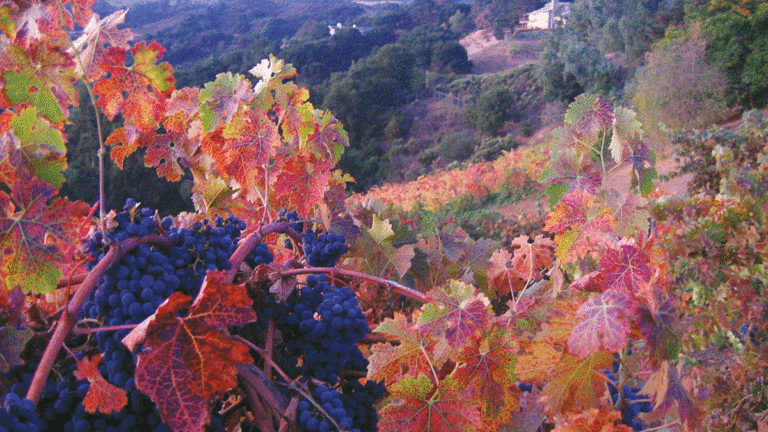
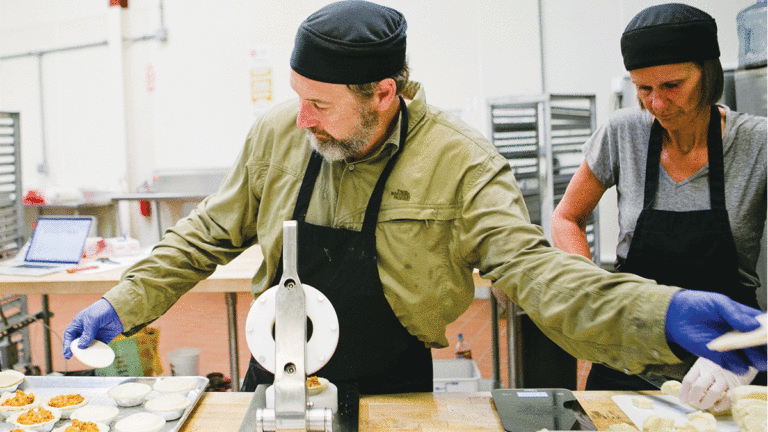



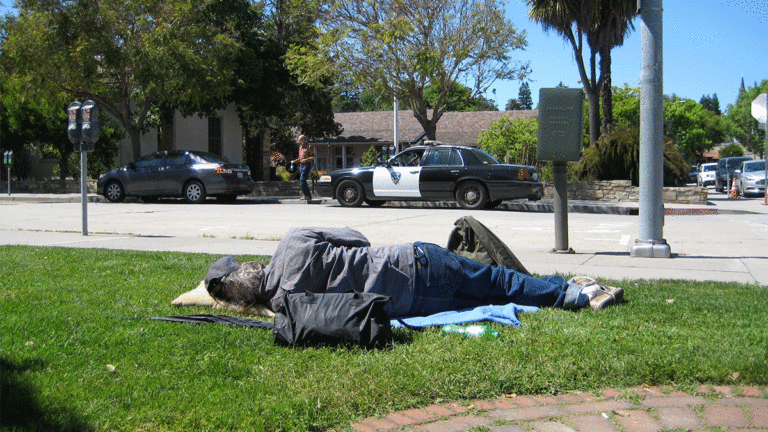


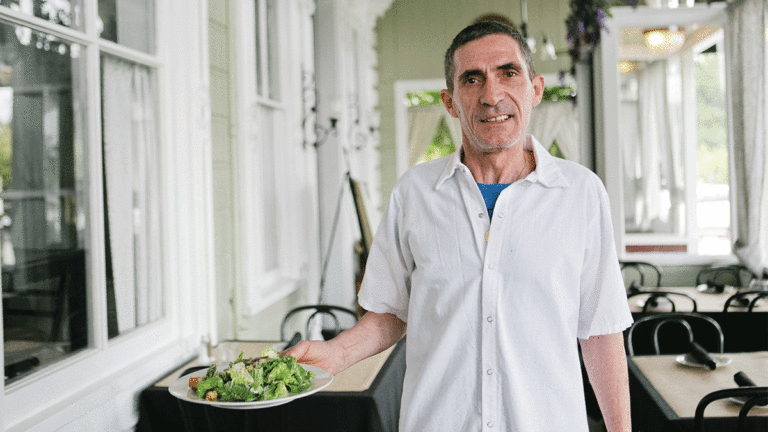
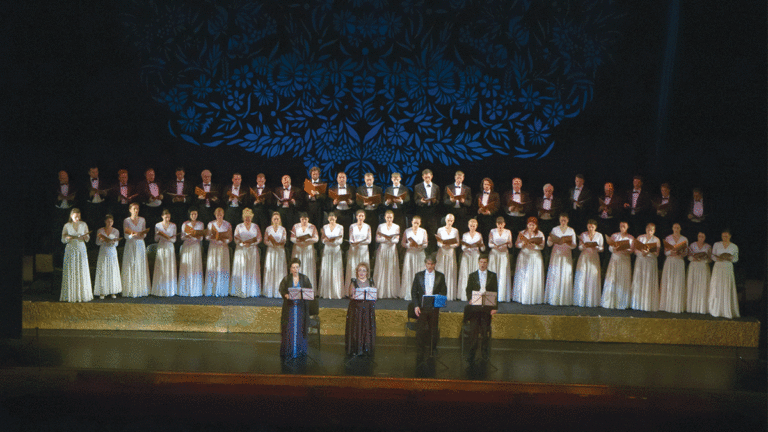
 The UC Master Gardeners of Monterey Bay offers two free classes this week for home gardeners who garden in the ground or in raised beds, of any gardening level. On Sunday, May 7, they’ll host “Soil Prep For Your Vegetable Garden” at their demonstration grounds in Watsonville. Master gardener Delise Weir will discuss the basics of soil science and why it’s important to the success of your vegetable garden. On Saturday, May 13, they will present their annual Smart Gardening Fair from 9 a.m.-3 p.m. at Jewell Park in Pacific Grove. Participants can enjoy presentations, demonstrations, vendor booths on butterflies, landscape design, and propagation methods.
The UC Master Gardeners of Monterey Bay offers two free classes this week for home gardeners who garden in the ground or in raised beds, of any gardening level. On Sunday, May 7, they’ll host “Soil Prep For Your Vegetable Garden” at their demonstration grounds in Watsonville. Master gardener Delise Weir will discuss the basics of soil science and why it’s important to the success of your vegetable garden. On Saturday, May 13, they will present their annual Smart Gardening Fair from 9 a.m.-3 p.m. at Jewell Park in Pacific Grove. Participants can enjoy presentations, demonstrations, vendor booths on butterflies, landscape design, and propagation methods.  Project Pollinate and Cypher Sessions present the Spare Change Music festival with 100 percent of the proceeds going to support four featured nonprofit organizations: Foods Not Bombs Santa Cruz, Veterans Empowered Through Technology, Gravity Water, and R3 Tiny Homes. Focusing on the areas of food, technology, water, and shelter, the festival will be a free all-ages event to highlight the potential of change when people come together. With an emphasis on education, the event will provide a safe space for communication and learning with The Rainbow Girls, Frogman, Boostive, and more.
Project Pollinate and Cypher Sessions present the Spare Change Music festival with 100 percent of the proceeds going to support four featured nonprofit organizations: Foods Not Bombs Santa Cruz, Veterans Empowered Through Technology, Gravity Water, and R3 Tiny Homes. Focusing on the areas of food, technology, water, and shelter, the festival will be a free all-ages event to highlight the potential of change when people come together. With an emphasis on education, the event will provide a safe space for communication and learning with The Rainbow Girls, Frogman, Boostive, and more.  Smartphones and social media: for most people, it’s hard to imagine a day going by without them. This weekend the aerial performance company Aeraflux, will debut their newest show which deals with teen identity development and relationship-building in a world where smartphones and social media play an enormous role. Nine local women between ages 13 and 15 will perform the blend of acrobatic floorwork, hand balancing, and contemporary dance with aerial rope and trapeze. Allie Cooper, founder of Aeraflux, says, “This theme seemed so obviously relevant to explore with these young women, especially as they are entering their teenage years and learning to navigate their own social lives.”
Smartphones and social media: for most people, it’s hard to imagine a day going by without them. This weekend the aerial performance company Aeraflux, will debut their newest show which deals with teen identity development and relationship-building in a world where smartphones and social media play an enormous role. Nine local women between ages 13 and 15 will perform the blend of acrobatic floorwork, hand balancing, and contemporary dance with aerial rope and trapeze. Allie Cooper, founder of Aeraflux, says, “This theme seemed so obviously relevant to explore with these young women, especially as they are entering their teenage years and learning to navigate their own social lives.” Ever wonder what goes on at Santa Cruz’s 17th Avenue Studios? Recently expanded to four buildings and providing the work space for more than 50 artists, the studio may be one of Santa Cruz’s best-kept artistic secrets. This weekend the studio throws open its doors to the public, with a sure-to-be special 17th annual Spring Show you’ll want to squeeze in between yard sales and farmers markets. Come hang out, purchase original fine art by a wide range of local artists, celebrate spring, and ogle the creatives in their natural habitat. Photo is of mixed-media works by 17th Avenue artist Roberta Lee Woods.
Ever wonder what goes on at Santa Cruz’s 17th Avenue Studios? Recently expanded to four buildings and providing the work space for more than 50 artists, the studio may be one of Santa Cruz’s best-kept artistic secrets. This weekend the studio throws open its doors to the public, with a sure-to-be special 17th annual Spring Show you’ll want to squeeze in between yard sales and farmers markets. Come hang out, purchase original fine art by a wide range of local artists, celebrate spring, and ogle the creatives in their natural habitat. Photo is of mixed-media works by 17th Avenue artist Roberta Lee Woods.











